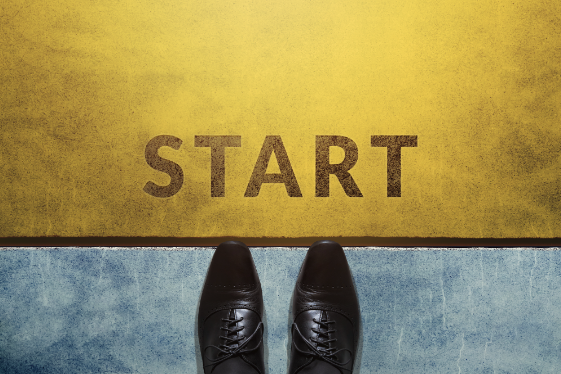Want to know what’s in my new book? Here is the complete Introduction. Once you get a taste, I hope you will want more!
As a leader you are responsible to make change happen when needed. Quickly. You have to adapt to shifts in customer behavior, labor shortfalls, and competitor attacks. You have a workforce that needs to keep pace.
- How do you motivate people to change fast? Even overnight?
- How do you sell that goal – and the change process required to get there?
- How do you filter out rumors and untruths when rolling out dramatic change?
- How do you know when to reward change? Or coerce it?
- How do you get hundreds or thousands of people aligned on a single goal?
In early 2020, everyone experienced an event that demanded rapid, radical change. As the COVID-19 pandemic spread relentlessly through our cities and nations, government and health leaders asked us to change fundamental behaviors overnight. No touching. Keep six feet apart. Don’t visit your neighbor or your grandkids. Cancel your plans. Start sanitizing as if your life depends on it.
As the crisis unfolded, governments took action. Many different actions. Some were outrageous. Some were contradictory. All were focused on driving change in people’s behavior. Some governments, like New Zealand, succeeded in their approach to curtail the virus with draconian rules. In nations slower to adopt measures, major surges killed thousands.
The way we shopped, ate, and socialized became fundamentally different. Parents became teachers, teachers became online influencers, and managers became mental health consultants.
Some of these changes were transient, and reversion was quick. (Back to the gym for me!) Others have become permanent, baked in by a blend of positive experiences (food delivered to my door!) and fear (long COVID is horrible).
Organizations proved they could transform faster than ever imagined. Long-term projects to carry out digital transformation and enable remote work suddenly had extremely short timelines – and they got done.
It was the largest experiment ever witnessed in promoting behavior change on a scale never seen before or in such a short timeframe, offering an unparalleled lesson in how to lead dramatic change. From money to mandates, leaders used every tool available to inspire and coerce compliance to behave in a new way. The pandemic gave us all a perfect view of how change can – and cannot – be led.
What made the difference between success and failure in this change effort? What could have been improved? If we pause to review the choices and results, there is much to learn. This book is your guide to drive dramatic change in your organization. It uses the pandemic as a case study for the application of change leadership.
Note the choice of term. Change management is a follower’s game. Someone else is pushing the buttons, and you are simply responding. When it comes to rapid transformation, strong leadership is essential, and the focus must be on the end goal and the change required to reach that goal. Change leadership is the focal point of our work in driving success.
We will dive into twelve strategies used during the pandemic to unlock truths about leading change – our dance in the face of disruption – to help you repeat what works and avoid wasting time on what doesn’t. I will assess why leaders’ strategies were or were not effective using the principles of psychology coupled with my own experience of leading change across every type of industry and with every type of stakeholder for more than twenty-five years.
Briefly, the twelve change leadership strategies we will investigate are:
- Set a clear goal
- Identify all stakeholders
- Assess impacts
- Develop a change plan
- Lead the change
- Execute the plan
- Communicate effectively
- Remove barriers
- Respond to resistance
- Measure success
- Sustain success
- Clean up
Never has the discipline of leading change been more relevant, visible, and widespread. The advice in this book will guide you to successfully lead any type of significant change effort. Keep in mind that – while I analyze the challenges, successes, and failures of change leadership related to the pandemic – my goal is to offer insights and proven strategies for you as a business leader so you can successfully implement dramatic change in your organization.
Here are just a few takeaways you’ll learn:
- To inspire broad change, you need a clear destination as well as consequences for failure.
- Change does not apply to everyone in the same way. Inspiration is a one-to-one game.
- You can predict resistance in two minutes with two simple questions, which we’ll discuss in Strategy 3.
- Strategies for change often fail on first use. Rapid response to changing realities on the front line enables success.
- Having multiple leaders erodes the effectiveness of change initiatives. You must choose a single leader carefully.
- The biggest issue in communicating change is getting above the noise.
- The biggest barrier to change is often barriers. Removing limitations related to time, travel, and language can be your biggest boost to adoption.
- You can’t sustain change without rewarding people, but it’s better to highlight benefits than hand out cash and gifts.
- You can coerce change, but you will pay the price in broader resistance among your converts.
- Measurements drive motivation. Monitor leading and lagging measurements to keep your change plan on track.
If you are leading employees through a major disruption, you will gain useful, practical insights here. Put on your mask, and let’s take a closer look…
Like what you read so far? Get a copy!



